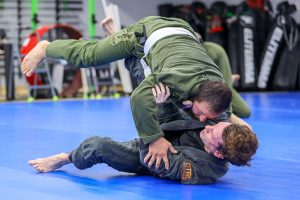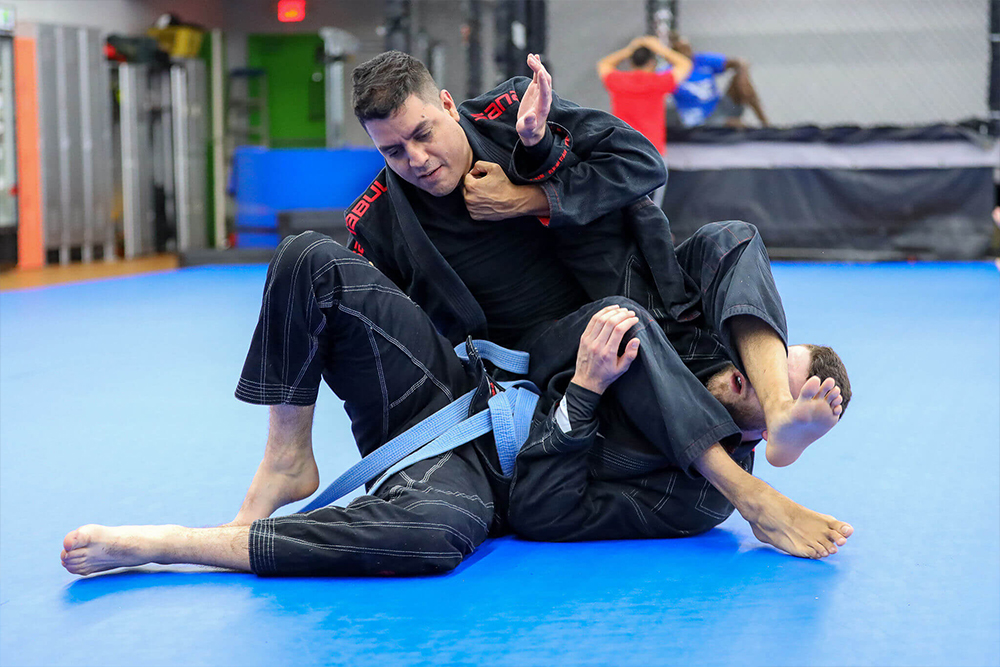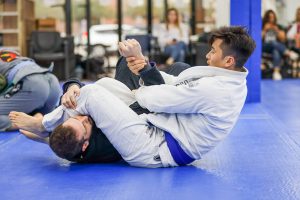Whether you have just enrolled at a Humble martial arts school or have been practicing Jiu-Jitsu for a long time, these are self-defense skills that will stay with you for the rest of your life. One of the most effective disciplines is Brazilian Jiu-Jitsu. Used by MMA fighters and military self-defense programs around the world, this martial art is renowned for its brutal efficiency. One of the best things about it is that even the smallest person has a chance to defeat someone larger than them if their technique is superior. To better understand how this works, it’s essential to look at the science behind Jiu-Jitsu.
The First Principle: Mass

The Mechanics of Solid Technique
It is not just a game of raw talent when we go onto the mat. The approximate English translation of the Japanese phrase “Jiu-Jitsu” is “the gentle art.” Through the use of Jiu-Jitsu techniques, we learn how to use an opponent’s own body against them. For example, one rule that applies to everyone is that our joints are capable of only a limited range of motion. Bend someone’s arm far enough in the wrong direction, and it won’t matter how much muscle they have they will soon be crying out in pain.
Even the most detailed knowledge of when and how to apply techniques will do no good, however, if your opponent is much stronger than you that they can pull their arm out of your armbar. That is why we need to recognize the application of mechanics. The body can be used to create what is scientifically known as a simple machine. You may remember this from elementary school: the wedge, the screw, the pulley, and the lever. When it comes to grappling, the lever comes into play most often, and that is what we will focus on for the next example.
 A Different Approach
A Different Approach
When you lay across your opponent’s chest to form the armbar, they may be more durable and try to overwhelm the force of your legs and arms. However, the principle of leverage is that the longer the distance between the point of leverage and the end of the beam is, the more intense the force will be. You are more likely to get your opponent to submit if you hold their arm closer to their wrist as opposed to midway up their forearm.
Another application of the concept of the lever applies to holding and escaping from the mount, just like other concepts of physics. One of the first things Jiu-Jitsu students learn is how the mount is the most effective pin because it allows the top person to keep all of their weight holding their opponent down. The pinned person doesn’t have enough gravity on their side when trying to throw punches or maneuver out of the position. In this sense, mass is perhaps the key in the mount.
However, mass and gravity are not all there is to it. The top person in a mount can maximize the effectiveness by spreading their legs out. This is where the lever comes to play in a way that is not immediately apparent to a novice. When the legs are close together, the bottom person can use leverage to flip the position and gain the advantage.
There are many more ways that the science of momentum and mechanics can apply to just the mount position alone, and so much more to be said about other techniques. If you are thinking “Where can I find Jiu-Jitsu near me?”, Elite MMA offers expert training where you will learn how to operate with the perfect combination of science and skill.

 A Different Approach
A Different Approach